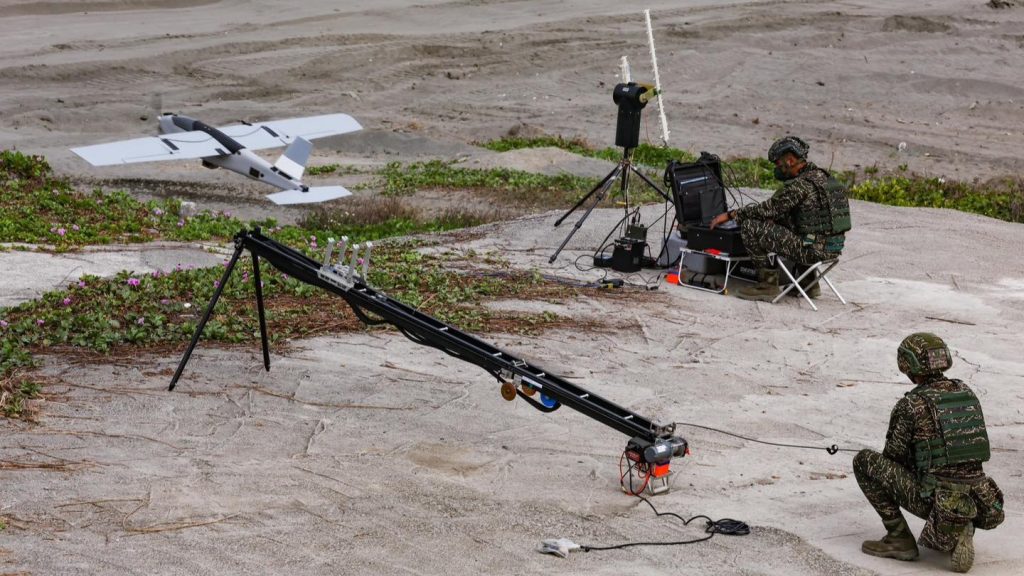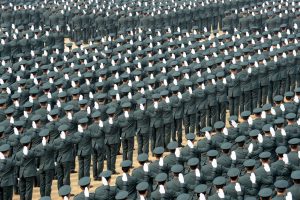Ukraine Struggles to Stop Improved North Korean Missiles
Others are reading now
In recent months, Ukraine has seen a sharp rise in missile threats that seem harder to stop.
Some of these rockets are coming from an unexpected source: North Korea. Their KN-23 ballistic missiles, which used to be unreliable, have suddenly become a bigger problem.
Experts believe the improvement is linked to Russia’s war in Ukraine. North Korea appears to be learning from how these weapons perform in real combat.
According to Anatoly Khrapchinsky, a former Ukrainian pilot and now an aviation expert, the KN-23 missiles have been upgraded, reports WP.
Also read
These missiles are now able to make fast movements during the final part of their flight.
That makes it harder for air defense systems, like the American-made Patriot, to stop them in time.
Khrapchinsky says the last 30 kilometers of a missile’s flight are critical. That short stretch can take just 3 to 5 seconds.
In that window, Patriot systems try to intercept the missile. But when the missile moves unpredictably, it becomes very hard to hit.
Even if its accuracy is still not great, the ability to dodge makes it dangerous.
He believes these changes were made thanks to cooperation between Russia and North Korea.
Russia gets extra firepower for its attacks. North Korea gets real-world testing that helps them improve their weapons.
This is concerning not only for Ukraine but also for countries like South Korea and Japan, which are keeping a close eye on these developments.
One recent attack shows how deadly these missiles can be. On April 13, Russia used a KN-23 missile to hit the Ukrainian city of Sumy.
Khrapchinsky thinks this was a deliberate attempt to kill civilians. The missile hit with serious force.
The KN-23 runs on solid fuel. It’s about 7.5 meters long and weighs over 3,000 kilograms.
The warhead alone weighs 500 kilograms. It can strike targets up to 700 kilometers away.
A CNN report last November said about one-third of the ballistic missiles Russia used against Ukraine in 2024 were KN-23s. That number might now be even higher.



